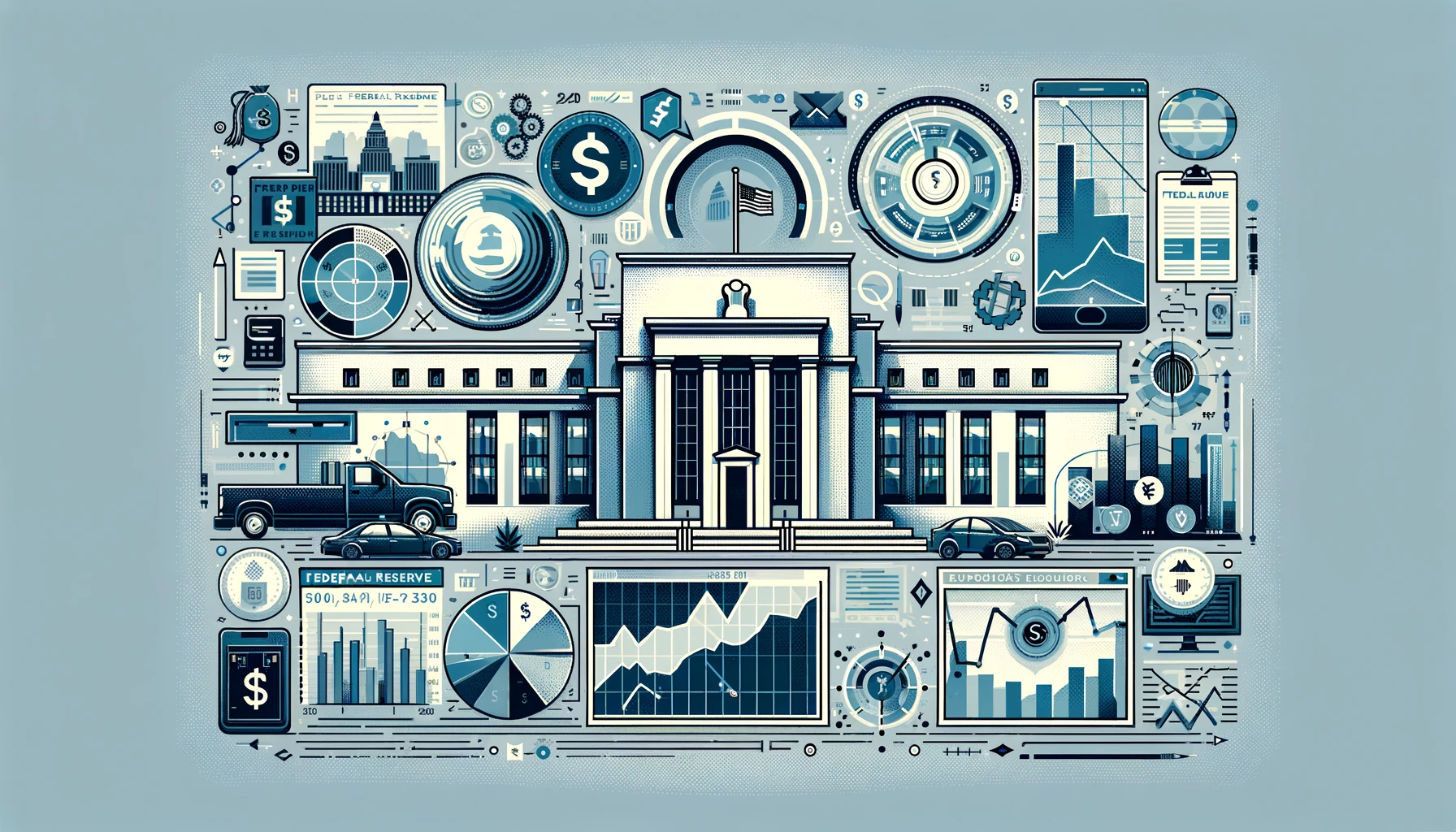As market participants eagerly await the Swiss National Bank’s (SNB) rate decision today at 0730 GMT, the financial community is abuzz with speculation on whether the SNB will continue its rate-cutting trajectory or choose to pause. Given the mixed economic signals and the backdrop of global monetary policies, this decision is particularly fraught with uncertainty.
Economic Context and Inflation
Switzerland’s inflation has remained low compared to other global economies, yet it has stopped declining in recent readings. This stabilization of inflation provides the SNB with both a reason to cut rates further to spur economic growth and a rationale to hold rates steady to prevent any unintended spikes in inflation. The current inflation rate stands at around 1.4%, comfortably within the SNB’s target range of 0-2%.
Global Monetary Influence
Recent rate cuts by other central banks, including the European Central Bank and the Bank of Canada, add another layer of complexity. These moves might typically encourage the SNB to follow suit, especially given the global trend towards easing. However, the U.S. Federal Reserve’s hesitancy to cut rates could provide a counterbalance, suggesting a more cautious approach might be warranted.
Market Expectations and Currency Considerations
Market sentiment has shown a significant shift, with the likelihood of a rate cut deemed less probable now than a month ago. Yet, the Swiss franc’s strength, particularly in times of global uncertainty, continues to be a critical factor for the SNB. A stronger franc can dampen inflation by making imports cheaper but can also hurt export competitiveness. How the SNB navigates this delicate balance could significantly impact the franc’s valuation and, by extension, the broader Swiss economy.
Potential Outcomes and Their Implications
- Rate Cut: If the SNB opts to cut rates, this could be seen as a move to align more closely with global monetary easing, potentially weakening the franc against other currencies. This could provide some relief to exporters but might raise concerns about too-low inflation or deflation.
- Hold Rates Steady: Holding rates could signal confidence in the Swiss economy’s resilience and a strategic decision to wait for more definitive signs of either economic downturn or inflationary pressures. This might strengthen the franc and could be viewed favorably by investors looking for stability.
Conclusion
Today’s SNB decision is a critical moment for Swiss monetary policy amidst global economic uncertainty. With the potential for either route to have significant implications for the markets and the broader economy, investors and analysts alike will be paying close attention to the nuances of the SNB’s statement and subsequent press conference for clues about future monetary policy directions.
As always, the decision will hinge on a complex interplay of domestic economic performance, global economic trends, and the ever-important movements of the Swiss franc. Whatever the outcome, it will undoubtedly send ripples through financial markets and could set the tone for the SNB’s policy trajectory in the coming months.





